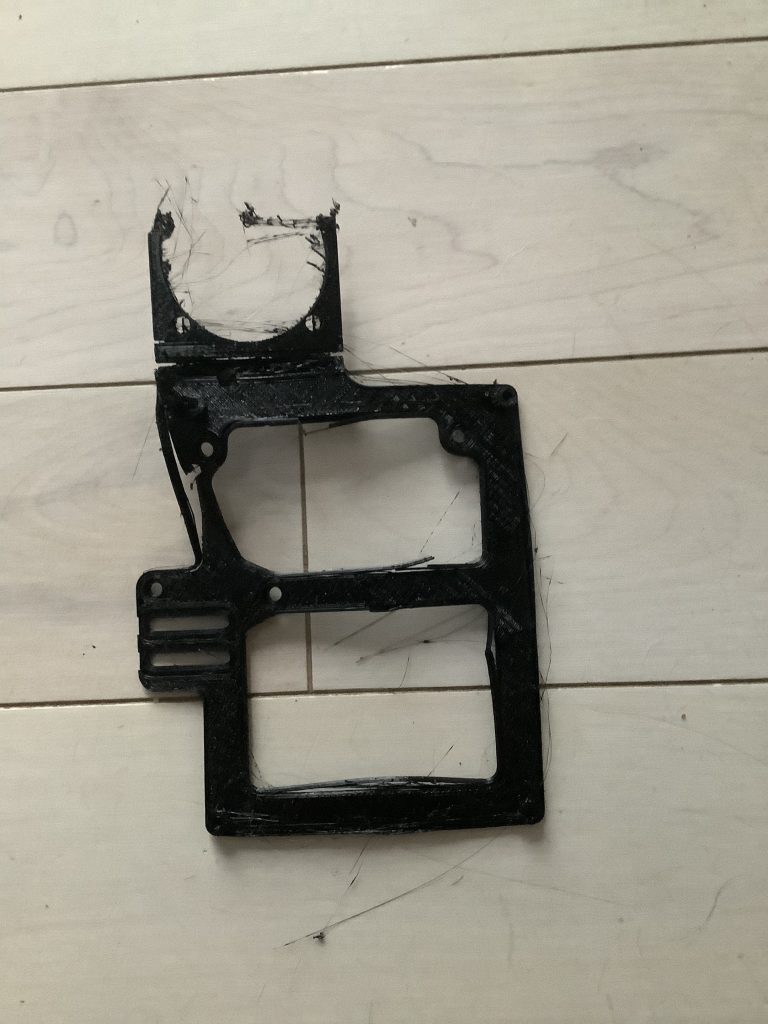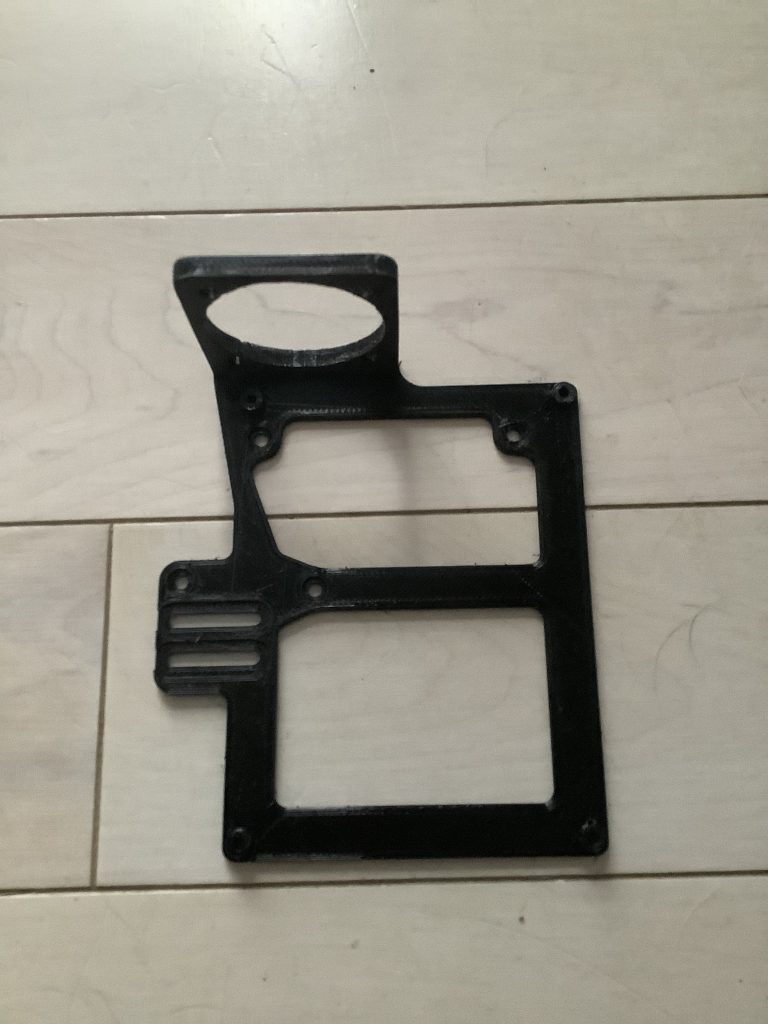UPDATE NEW RASPBERRY PI 4 FIRMWARE / EEPROM
This guide assumes you do not have a running Raspberry Pi 4 device, and this is your first time opening it up. If that is the case, make sure you follow the steps in this guide first
https://tacticalware.com/install-raspbian-os-on-raspberry-pi-4/
Once your Operating system is setup and functional you will want to update the firmware to the latest revision, therefore the objective of this guide is to show you how to update Raspian and how to update the eeprom / firmware
Open a terminal
sudo bash
apt update
apt upgrade
rpi-update
Would you like to proceed
Type y
Now reboot your Pi
Open a terminal
sudo bash
rpi-eeprom-update -d -a
reboot your Pi after it updates
Open a terminal
raspi-config
Scroll down and select Option 8 – Update
Update now runs, and after the update completes
Scroll down and select Option 6 – Advanced Options
Then scroll down to Option A7 – Bootloader Options
Select Option E1 Latest – Use the latest version of the boot rom software
Press Enter
Select OK
On the Reset boot rom to defaults screen
Select No
On the Boot rom not reset to defaults screen
Select OK
Scroll down and select Finish
Select Yes
Your Firmware / EEPROM are now Updated, and you will have the latest version with the latest features.
Hardware I used:
Raspberry Pi 4 (4gb)
https://amzn.to/3q551IO
SanDisk 32GB Ultra microSDHC UHS-I Memory Card with Adapter
https://amzn.to/2Vfvo0y
CanaKit 3.5A Raspberry Pi 4 Power Supply (USB-C)
https://amzn.to/3fNTYPu
CanaKit Raspberry Pi 4 Micro HDMI Cable – 6 Feet
https://amzn.to/33u5hr9
Thanks for reading!

